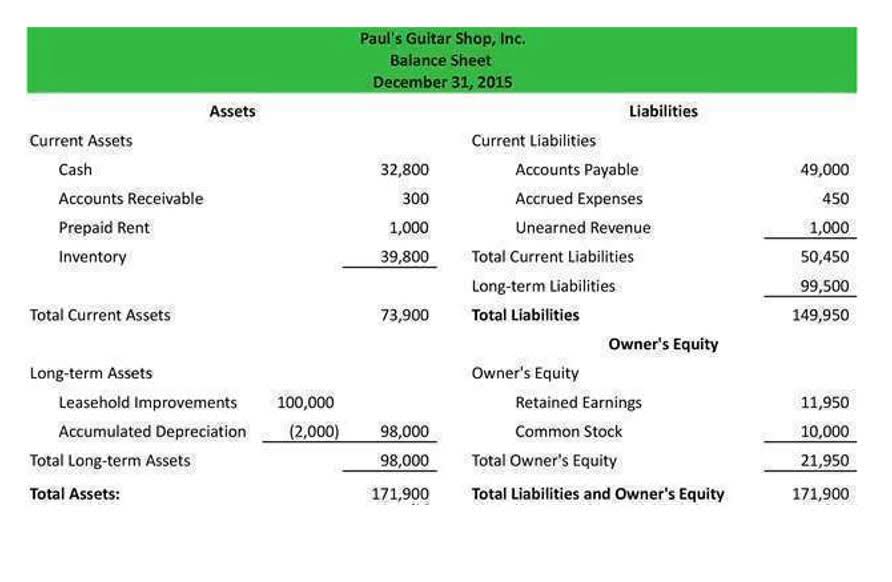
You can log into cloud accounting via a web browser from your laptop, mobile device or even from a tablet. Cloud accounting gives you access to your entire business at any and all times. It also allows you access from any location where you have access to the internet. This removes the need to work from one central office-based computer system. Another way artificial intelligence can help sort a company’s books are with long-range and specific predictions about which customers, clients, or markets are more trouble than they’re worth. An intelligent computer system can sift through the various signs of problematic customers and employees and predict which is likely to become a headache later on.

Have you ever wondered how much easier (and more accurate) your business tasks might be if only you had a personal financial advisor? Cloud accounting apps not only give you tools to customize your own reports, they even suggest reports for you based on the type of business you own. You can make solid financial decisions when you can see the bigger picture – just like having your own advisor.
How Cloud Accounting Can Help Small Businesses
Using Sage Intacct Construction module helps with financial management in the construction industry, improving project control, collaboration and efficiency. For example, users can gain real-time project visibility using the Sage Intacct Construction module, or they can use it to streamline compliance and reporting tasks. Frequently, construction projects face interruptions when their processes are not in order, as they depend on specific sequences of tasks to minimize rework, changes and misunderstandings. Unfortunately, the finance and accounting division often depends on rigid accounting systems that can only be accessed within the office, not at the construction site. In the current highly competitive environment, construction firms need the ability to be agile, automate processes, and ensure a smooth progression of projects from inception to completion.
- Other features include financial reporting, project and time tracking, documentation management, expense management and payroll acceptance.
- Small business accounting in the cloud compels you to keep your data entry current.
- These tools enable you to further save time, reduce resourcing costs, identify problems further in advance, and generally ease the pain of unnecessary admin that’s weighing you down.
- If you remember how to use a traditional Windows program with the horizontal menu at the top, you’ll be fine navigating Sage 50 Accounting.
- In the UK, HM Revenue & Customs (HMRC) is running the Making Tax Digital (MTD) initiative to make digital tax accounts mandatory for all VAT-registered businesses.
- Using Sage Intacct Construction module helps with financial management in the construction industry, improving project control, collaboration and efficiency.
As long as you are using a compatible device that has an internet connection. An ideal solution is to have a standard payroll app coupled with a financing app, interest rate/loan calculator, and a report generator for the audit client. As Canadian firms take in ever-increasing volumes of data, a sorting mechanism must be employed to make sense of it and draw reasonable conclusions. This has obvious applications for up-and-coming small businesses, as well as for Canadian firms looking to compete abroad in a post-USMCA trading environment.
Our picks for the best cloud accounting software
Xero, on the other hand, lets you customize your invoices with your own logo and text. You can also set automatic reminders so you don’t have to chase down your clients. Xero also uses Stripe as well as GoCardless, so it can take ACH debit payments as well. That means that you no longer have to look at historical data that may be days, weeks or months out of date.
- Each client gets an individual plan and pays exactly for what they use.
- With traditional accounting software, this diversity will be hard to achieve, because of its stagnant nature, but a cloud solution for your accounting needs will solve this problem.
- Take a look at how each of these providers stacks up, and see how they match the needs of your crew.
- It is customizable and allows users to connect easily with third-party partners.
- Both Xero and Sage are cloud-based subscription services that can handle invoicing, cash flow tracking and quotes and estimates.
The best cloud accounting software should make it easy to pick an invoice template, customize it to your needs and send it to your clients. It should also include helpful features such as automatic reminders and late fees, the ability to accept partial payments and more. Some accounting software also allows your company to receive bills from vendors and pay them directly. Using a cloud-based accounting program makes it easier for you to collaborate with your accountant.
Access your data anytime, anywhere
Powered by AI, QuickBooks automatically uploads those receipts and scans them for key details like date, vendor, amount, and payment method so they’re matched with existing transactions from your bank feeds. However, you’re a busy business owner, which means frequent backups aren’t always at the top of your to-do list. Fortunately, with online accounting software like QuickBooks Online, backups happen automatically. Your data is securely saved without you needing to lift a finger.

When exploring different options for migrating to cloud-based technology, organizations should consider the complexity and nuances of accounting for cloud computing. Interested parties should not rule out a migration to the cloud simply because of perceived cost, but should instead consider the impact this shift could have on their organization overall. Early collaboration between CIO and CFO teams is an important step in finding the right cloud computing arrangement to suit a company’s financial objectives. What CIOs can do today is take action to work closely with their CFO and controllership organizations to plan the structure of their cloud computing contracts to meet certain accounting treatments.

